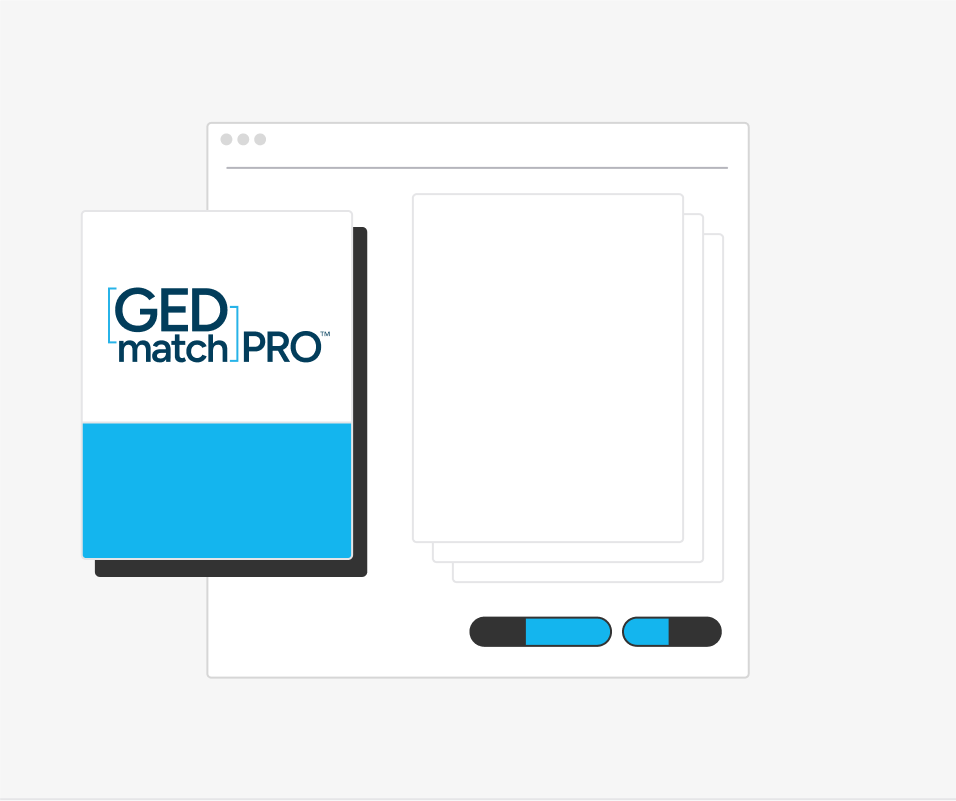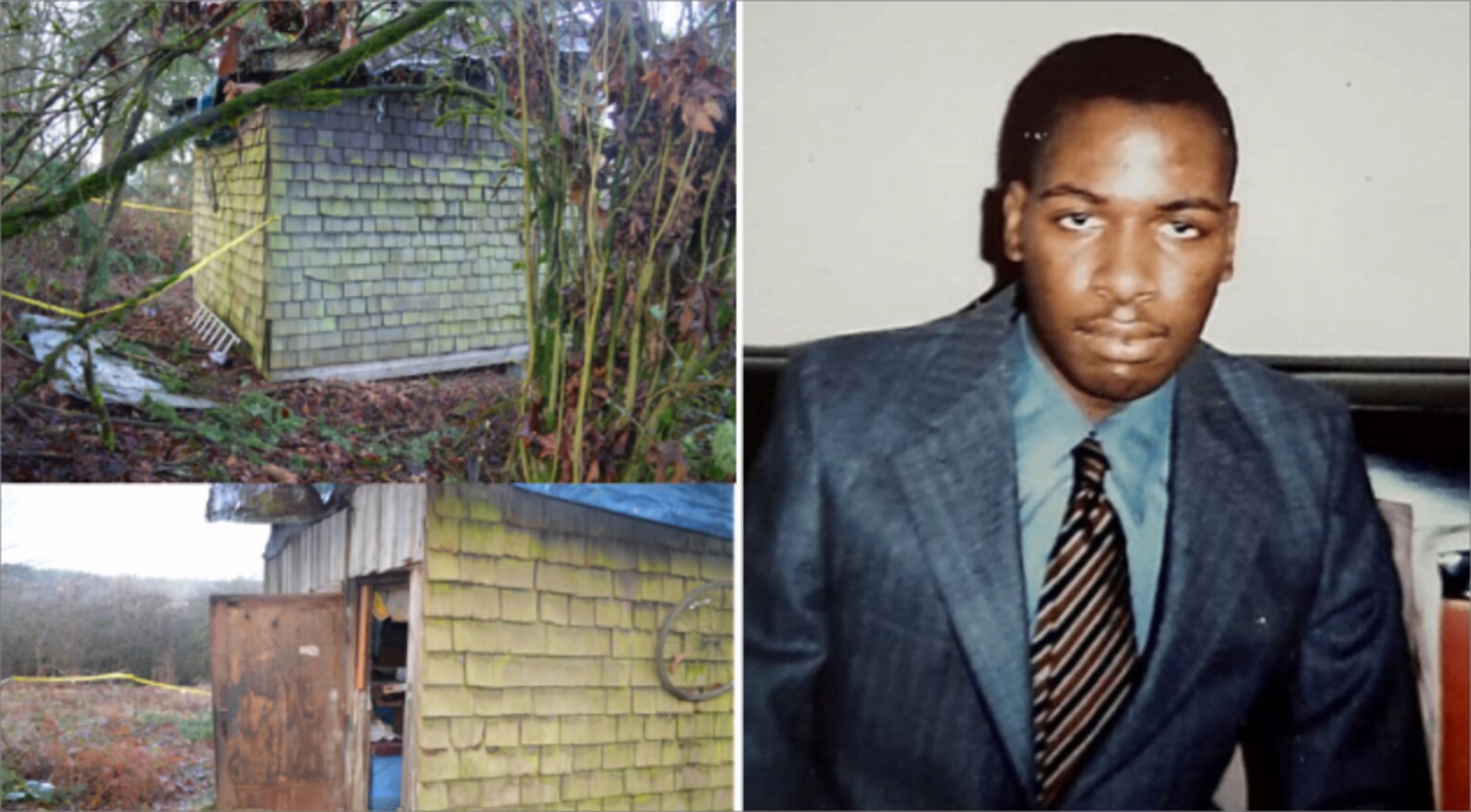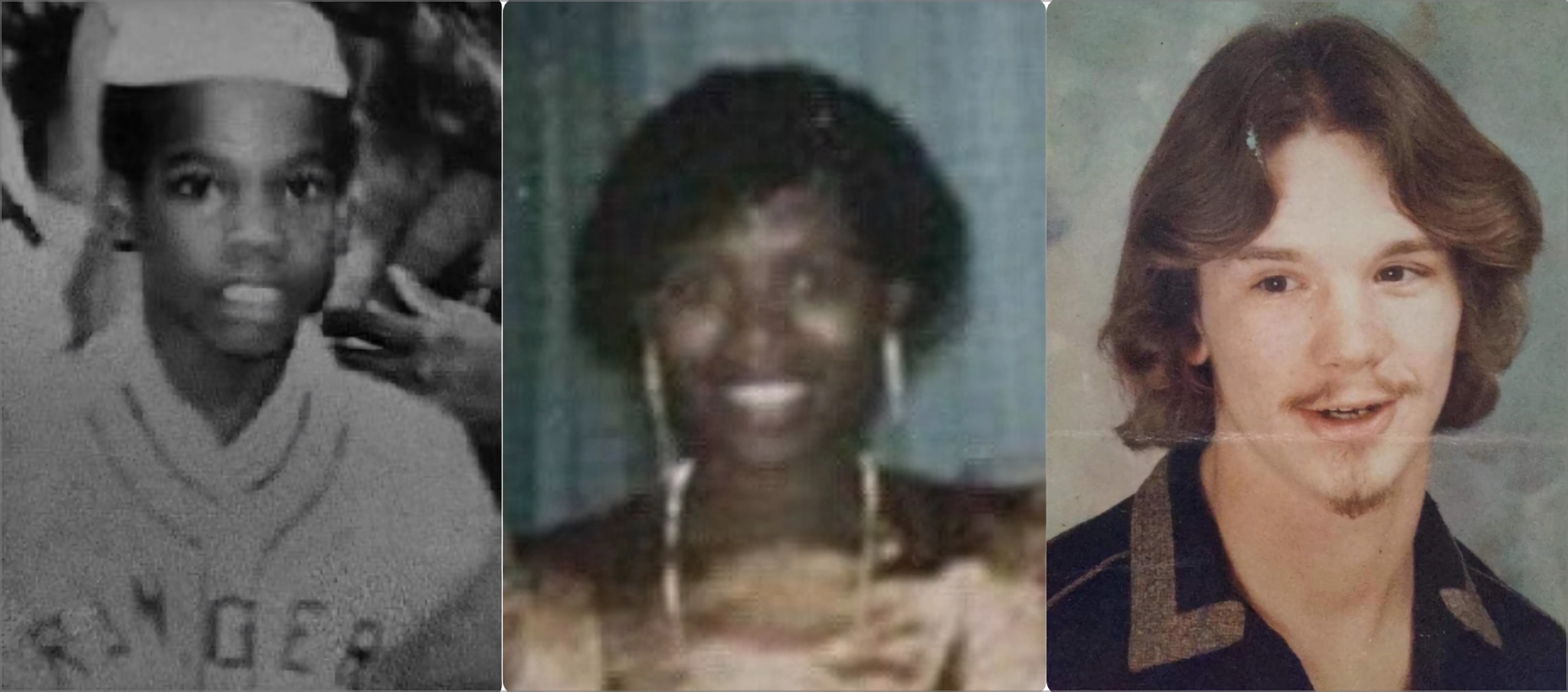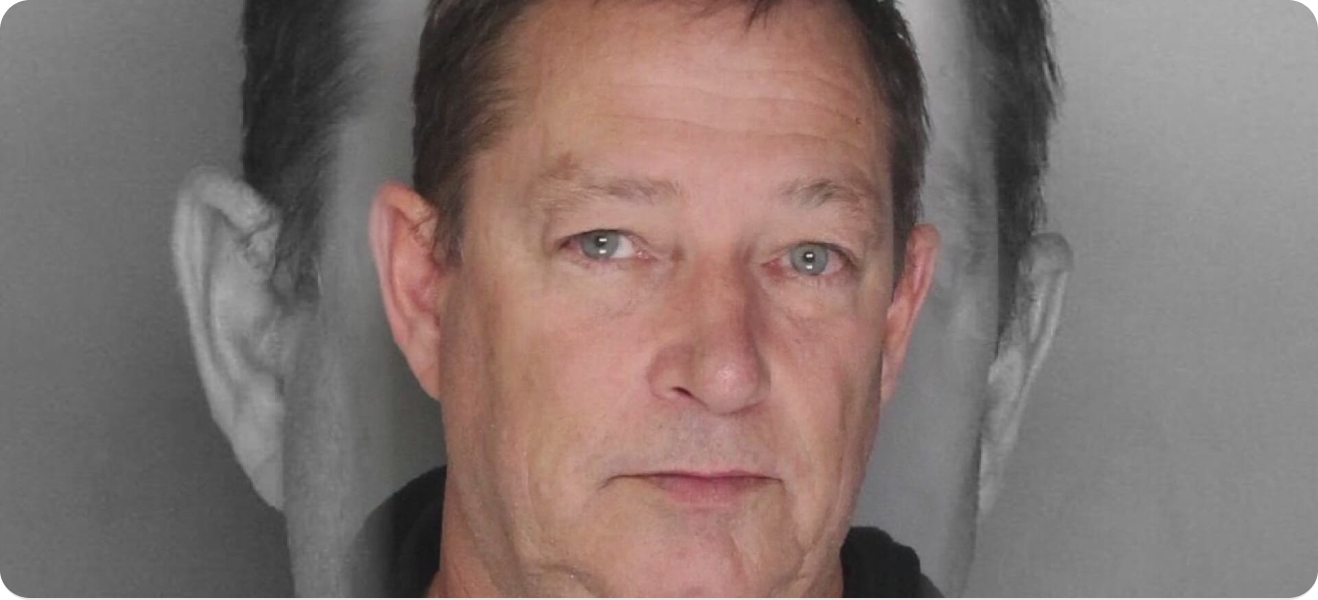Case Studies
Since 2018, our platform has helped solve over 1000 cases that have promoted community safety and brought closure to families of missing persons. Below are highlighted a few stories of how GEDmatch has been used for those purposes.

FEATURES OVERVIEW
Case Studies

Man Who Became Known As the Mill Creek Shed Man Identified

Newton County Finds Relief After 30 Years

Man Known As NorCal Rapist Convicted After Genetic Genealogy Finds Match

Jane Doe Known As Buckskin Girl Identified as Marcia King

Orange County’s Oldest Case Solved Using DNA
Ready to Get Started?
Join a thriving community of law enforcement professionals, genetic genealogists, and forensic scientists using GEDmatch PRO to drive innovation and discovery in their fields. Explore how our platform can transform your research and investigative efforts today.
FAQs
Below are commonly asked questions about getting started on GEDmatch PRO.
GEDmatch PRO is available exclusively to verified law enforcement agencies, forensic laboratories, and authorized personnel who are working on forensic investigative genetic genealogy cases. This includes local, state, and federal law enforcement agencies in the United States and qualified international agencies. All users must be directly involved in investigating violent crimes or identifying remains.
Agencies must register with their official agency email address. We will verify your agency is eligible to access GEDmatch PRO and enable your account.
The typical approval process takes 3-5 business days. You will receive email updates throughout the approval process.
GEDmatch PRO can be utilized by law enforcement agencies worldwide; however, users must comply with all relevant laws in their jurisdiction. Users are responsible for ensuring their use of the platform complies with their local legal requirements.
Per our Terms of Use, users may use GEDmatch PRO Services for law enforcement use to identify the perpetrator of a violent crime (where ‘violent crime’ is defined as murder, nonnegligent manslaughter, aggravated rape, robbery, or aggravated assault) or to identify human remains (which, for clarity, excludes fetal remains and remains of stillborn children), and only in a manner that complies with all laws that apply to you.
GEDmatch PRO protects uploaded profiles through:
- End-to-end encryption during transfer and storage
- Secure, access-controlled databases
- Regular security audits and penetration testing
- Advanced authentication protocols
- IP logging and suspicious activity monitoring
- Physical and virtual access controls
- Compliance with law enforcement data security standards
- Regular system updates and security patches
No. Civilian users cannot see, access, or be compared directly with forensic profiles.
The system only allows one-way comparisons where law enforcement profiles can be compared against users who have explicitly selected which type of law enforcement comparisons to be a part of.
Initial results are typically available within 24 hours after upload completion. The system continues to scan daily as more users join the GEDmatch platform.